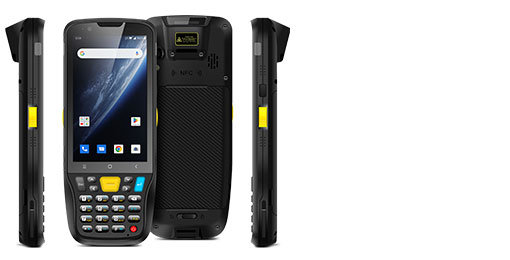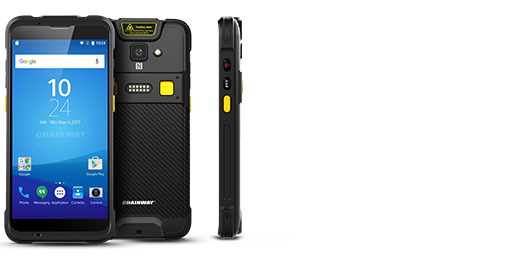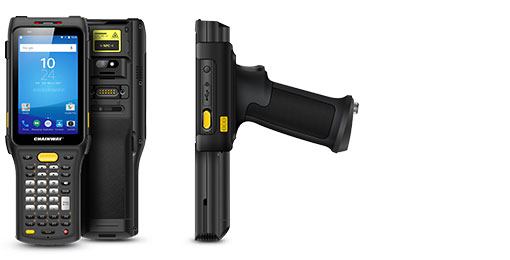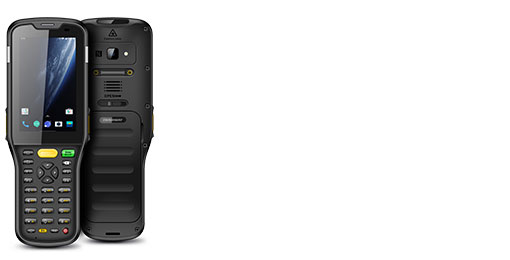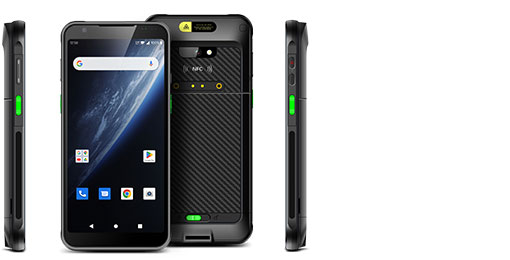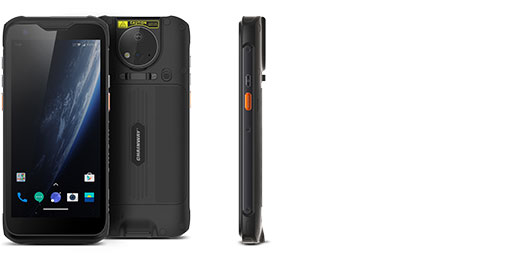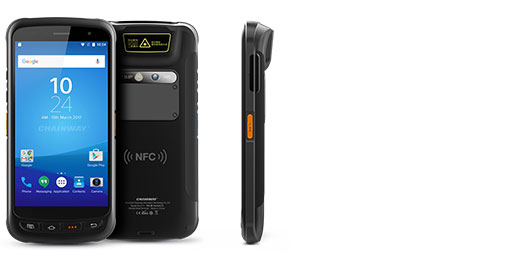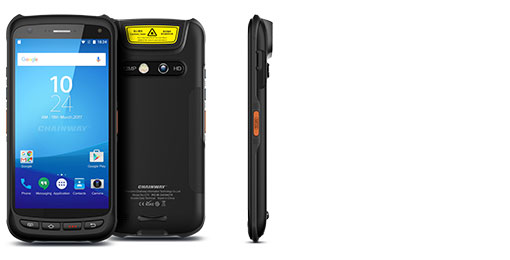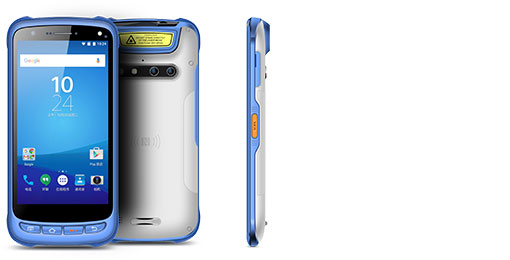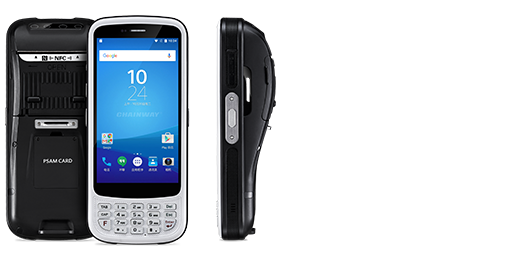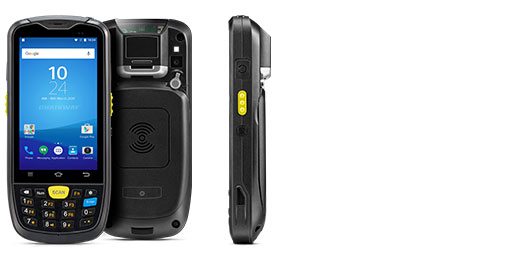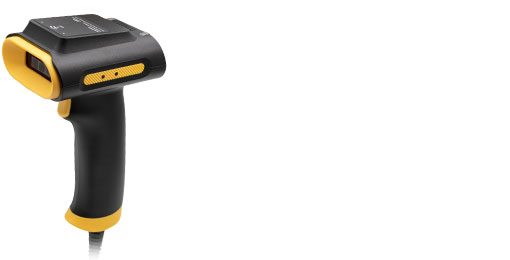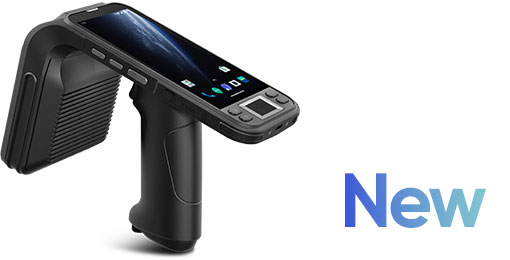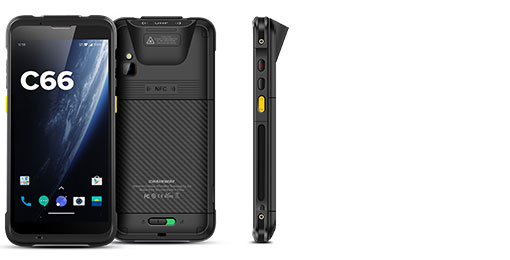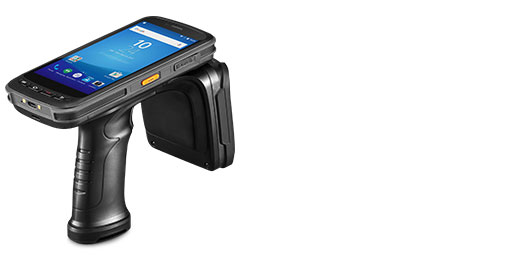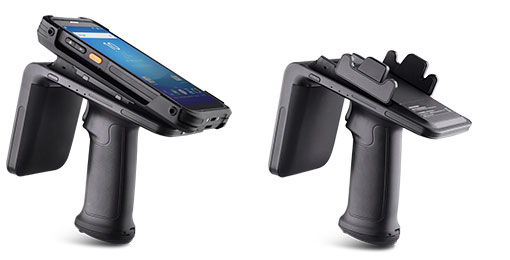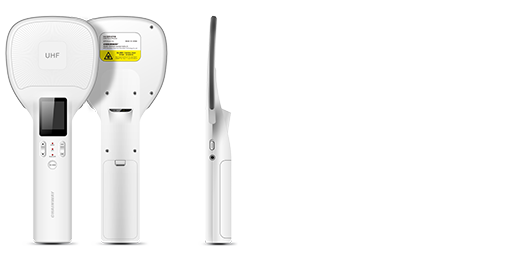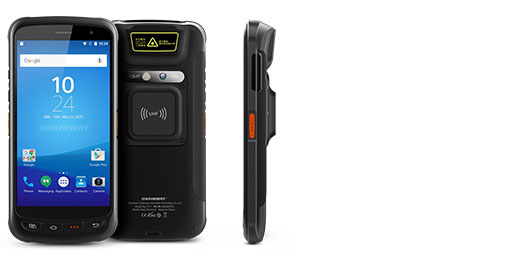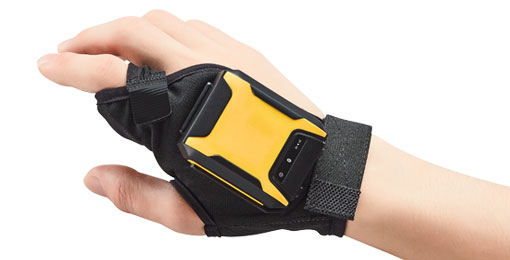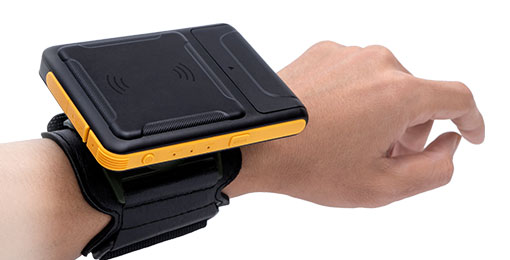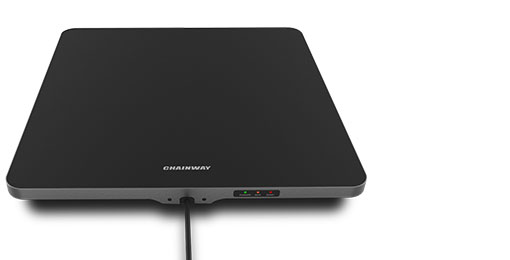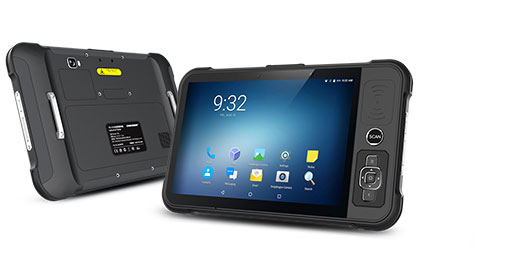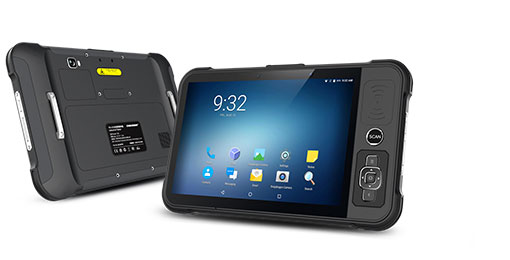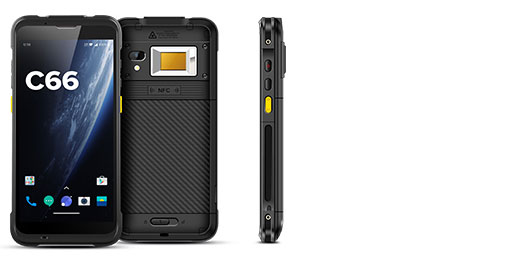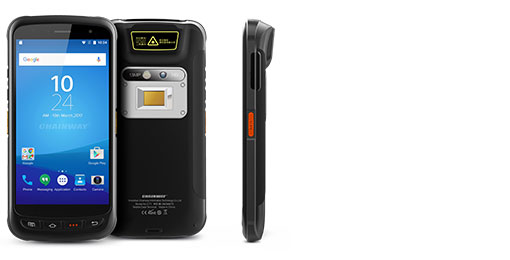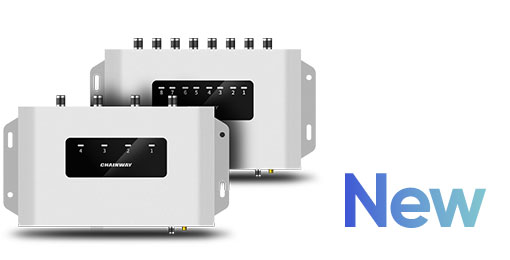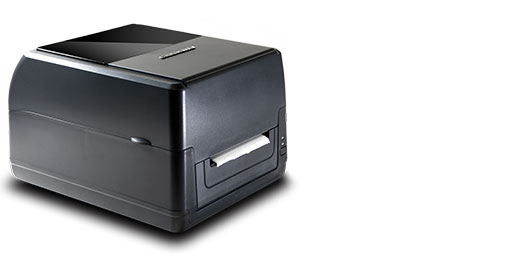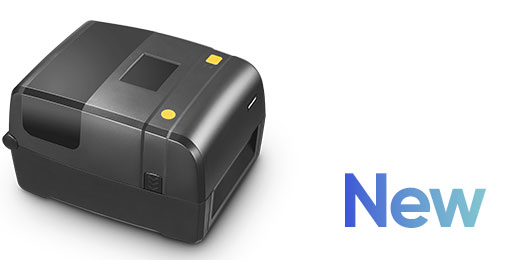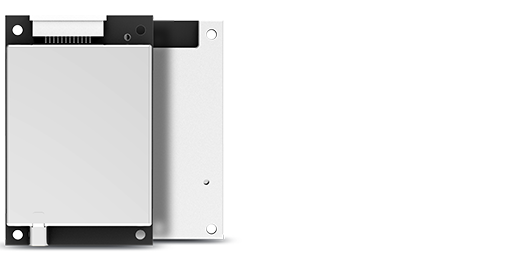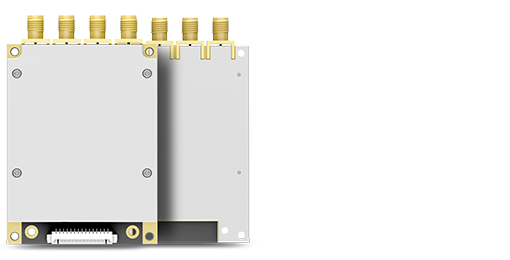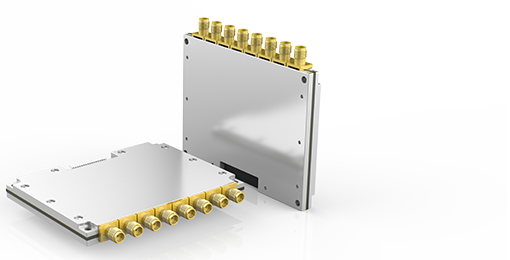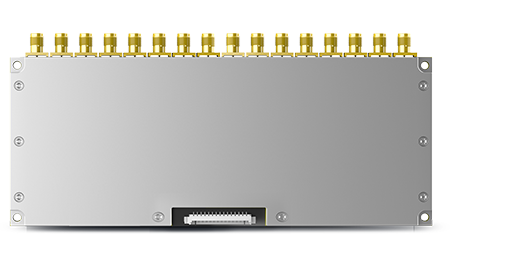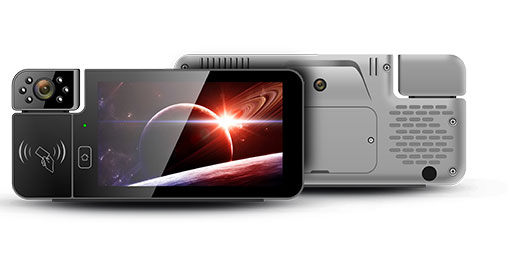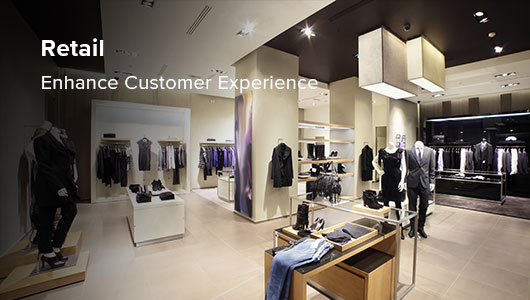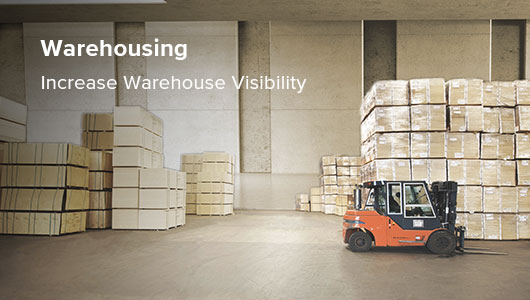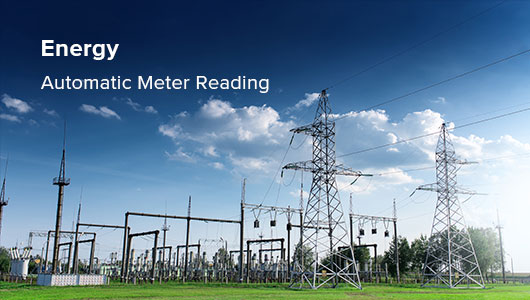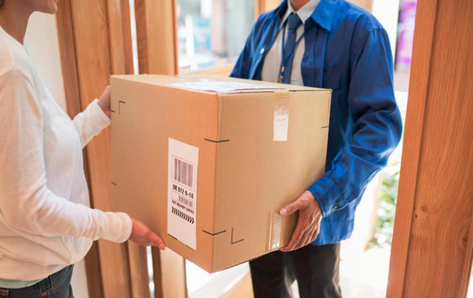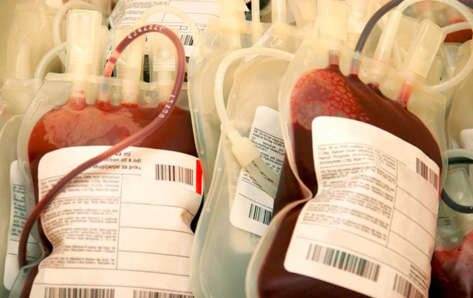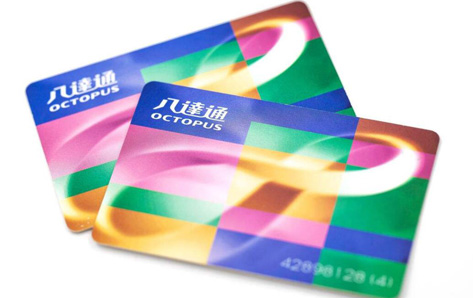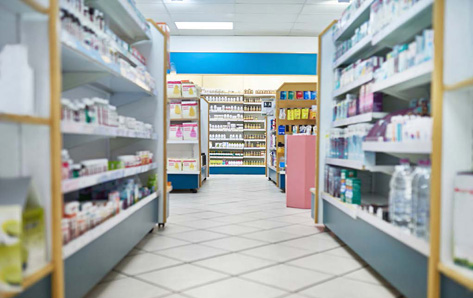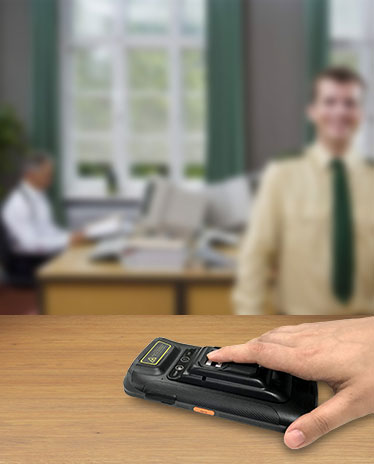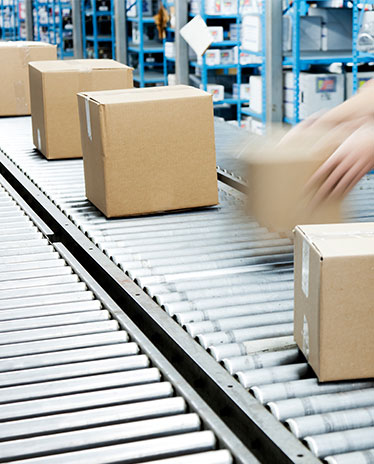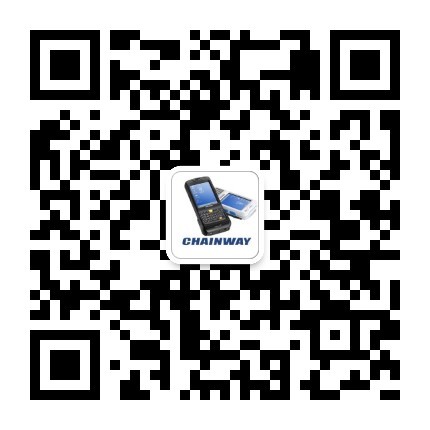Fashion retailers must have the ability to grasp the market trend in the ever-changing fashion market, in order to understand the needs of customers in a timely manner. However, due to various reasons in reality, it is often difficult to achieve. Model clothes are the products of the trend, and their style is changing rapidly. It is difficult to make long-term judgments on the persistence and market demand for certain types of goods. Too many orders will increase the pressure on expenses, and too few orders will easily miss business opportunities and reduce sales. However, unlike other products, which have their own fixed shelves or cargo spaces, they are often picked up by customers or placed in other places. The position of the stock changes greatly in one day, and the position is misplaced, which usually affects the purchase of subsequent customers. It becomes a major challenge for fashion retailers to ensure accurate inventory information and timely understanding of customer needs.
By simple configuration of RFID intelligent terminal and retail application commodity management software, store product information can be easily acquired and managed, allowing storefront product managers to dynamically grasp all inventory and location information of storefront products in a timely and accurate manner. It can intelligently understand and analyze customers' shopping behavior preferences, which helps retailers further optimize product allocation, improves marketing strategies, enhances store sales.
Taking the application of shoes and clothing as an example, our RFID solution application scenarios can also include: shoe cabinets, clothes panel walls, fitting rooms, fitting mirrors, Nakajima, warehouse entrances and exits, etc. By detecting the distance between the UHF tag on goods and the acquisition antenna, it can record a large amount of data that the product is moved. This data is about the customer's behavior and track record.
All the data is transmitted to the intelligent decision analysis module of the back-end system for analysis, and the system can judge whether the clothes/shoes are picked up and tried on, and can calculate the number of times the clothes/shoes are picked up from the shelf, the length of time they are picked up, the number of times the clothes are tried in the fitting room, then figure out the association between the number of times the clothes are tried and the number of items purchased.
Based on these data of picking up, trying on, and transacting, it is analyzed how many times a certain item has been tried to be purchased, and which clothes are tried to wear the most, so that it can be judged whether a certain piece of clothing is selling well, and whether it is necessary to increase the inventory; whether to prevent out of stock or to determine whether a piece of clothing has defects or customer preferences; whether it is necessary to change the sales area or display area; whether it is necessary to adjust the promotion strategy.
If a garment is rarely picked up, the retailer may have to analyze the style and fabric of the garment in addition to whether it needs to change the sales area or display area. At the same time, it can check where it is sold well in order to transfer in a timely manner; If the clothes have been picked up many times and there are no transactions, the back office will remind the salesperson to pay special attention to the customers who pick up the clothes, and learn about some product problems and customer preferences to see whether there are any dissatisfaction of the customers, and how to improve them.
Not only can it improve store sales profits, but also significantly reduce the cost of human resources. It takes a few people to complete the inventory of goods in the past, and now it can be easily done in a few minutes. At the same time, it avoids employee theft and in-store theft. The application also speeds up the efficiency of goods entering and leaving the warehouse, greatly reduces the delay of seasonal goods, shortens the processing time of goods, which greatly improves economic benefits.

